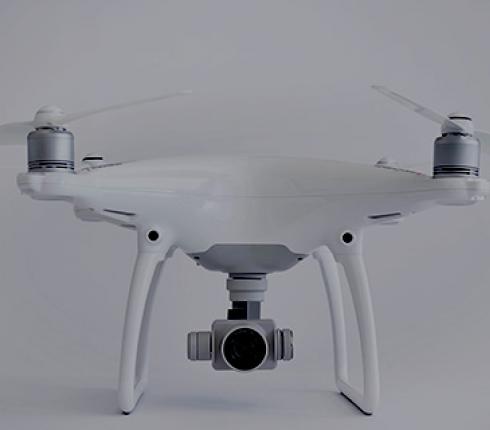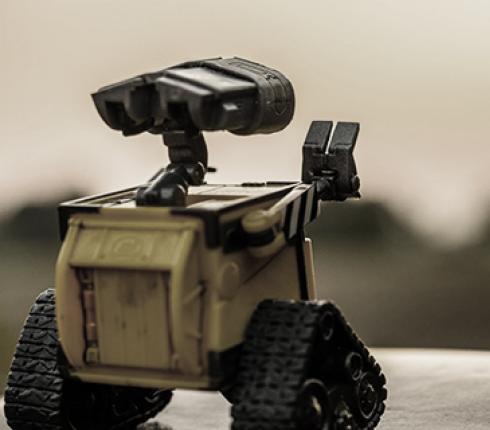New Danish drone rules in 2016 and 2017
Last year, the Danish drone rules have been highly modernized giving way to the innovative industry. Here are the main changes to observe and the important rules to follow when flying drones in Denmark.
Denmark did not want to wait for an EU regulation of drones under 25 kg (about 55 lbs) and, as a result, the regulation of drones was modernized in the summer 2016.
In addition, to replace the prior dispensation-based rules, the main aviation legislation has been amended to regulate drones. This meant that from September 2016, new rules for drones in populated areas came into effect, and new rules for drones outside of populated areas will be expected by July 1, 2017.
Still, the law maintains that prior to all flights the police must be informed, and for high-risk flights the drone pilot must always seek permission.
Though the legal area has been liberated, failure to comply with the new rules can result in fines – and in the case of repetition – jail.
Therefore, here are the main changes to observe and important rules to follow when flying drones in Denmark.
New categories for “small drones”
The law concerning the professional and private flying of small drones – that is those under 25 kg – came into effect on September 1, 2016.
According to the implanting rules, there are four categories of small drones:
- Category 1A: less than 1.5 kg
- Category 1B: between 1.5 and 7 kg
- Category 2: between 7 and 25 kg
- Category 3: between 250 grammes and 25 kg and operating BVLOS (beyond visual line of site)
For categories 1B and 2, the drone pilots must have had at least 15 successful flights in populated areas.
For category 3, the pilot must have had 50 successful flights in populated areas evenly spaced throughout the last 12 months.
Populated areas: Only professionals may fly
As of September 1, 2016, only professional drone pilots are allowed to fly in populated areas. This applies to all drones regardless of size – including toy drones.
Drone pilots must have a drone pilot license (“dronebevis”), which they receive after an examination from an accredited training center – unless they were grandfathered prior to the new rules.
All drones must also be registered and have a drone license plate. In addition, all drone pilots – both professional and private – need to have a drone liability insurance.
Unpopulated areas: Hobbyists and minors are allowed
As regards the flying of drones in unpopulated areas, there is currently a hearing going on, and we expect new rules as from July 1, 2017.
It can be expected that non-professionals will be able to fly drones as long as the drones are registered and the hobby pilots have passed an online test and gotten a drone certificate (“dronetegn”). Even children can get the certificate if their parents allow them to.
In addition, we expect that like for populated areas insurance will be compulsory.
Drones under 250 grammes (.55 lbs) may be exempted from most rules.
How to inform about and apply for drone flying
The local police must always be informed in writing 24 hours prior to all flights.
In addition, the following high-risk flights may only be performed with prior permission from the Danish Transport Authority:
- Night flights
- BVLOS (beyond visual line of site)
- Flying above a large group of people
- Flying indoors where there is public access
- Flying drones with jet motors
- Flights faster than 50 km/h
- Flights over 120 meters
- Flights with fixed wing drones over 1.5 kg
- Flights of more than one drone from the same station
- Autonomous flights
- Flights where the drone drops items
- Flights over enclosed private areas






